The High German languages, or simply High German – not to be confused with Standard High German which is commonly also called "High German" – comprise the varieties of German spoken south of the Benrath and Uerdingen isoglosses in central and southern Germany, Austria, Liechtenstein, Switzerland, Luxembourg, and eastern Belgium, as well as in neighbouring portions of France, Italy, the Czech Republic (Bohemia), and Poland. They are also spoken in diasporas in Romania, Russia, Canada, the United States, Brazil, Argentina, Mexico, Chile, and Namibia.
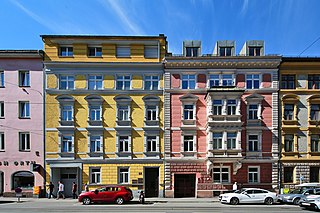
Innsbruck is the capital of Tyrol and the fifth-largest city in Austria. On the River Inn, at its junction with the Wipp Valley, which provides access to the Brenner Pass 30 km (19 mi) to the south, it had a population of 132,493 in 2018.
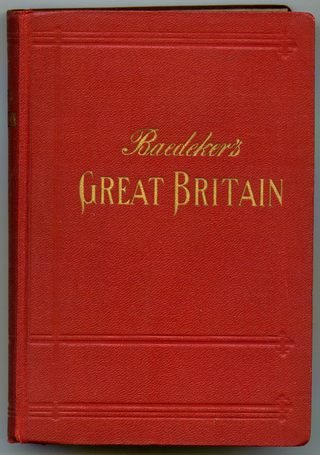
Verlag Karl Baedeker, founded by Karl Baedeker on 1 July 1827, is a German publisher and pioneer in the business of worldwide travel guides. The guides, often referred to simply as "Baedekers", contain, among other things, maps and introductions; information about routes and travel facilities; and descriptions of noteworthy buildings, sights, attractions and museums, written by specialists.

The history of Tyrol, a historical region in the middle alpine area of Central Europe, dates back to early human settlements at the end of the last glacier period, around 12,000 BC. Sedentary settlements of farmers and herders can be traced back to 5000 BC. Many of the main and side valleys were settled during the early Bronze Age, from 1800 to 1300 BC. From these settlements, two prominent cultures emerged: the Laugen-Melaun culture in the Bronze Age, and the Fritzens-Sanzeno culture in the Iron Age.
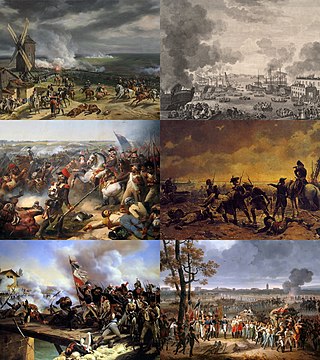
The War of the First Coalition was a set of wars that several European powers fought between 1792 and 1797, initially against the constitutional Kingdom of France and then the French Republic that succeeded it. They were only loosely allied and fought without much apparent coordination or agreement; each power had its eye on a different part of France it wanted to appropriate after a French defeat, which never occurred.

The Eastern Alps are usually defined as the area east of a line from Lake Constance and the Alpine Rhine valley, up to the Splügen Pass at the Alpine divide, and down the Liro River to Lake Como in the south. The peaks and mountain passes are lower than the Western Alps, while the range itself is broader and less arched.

The Radstadt Tauern are a subrange of the Central Eastern Alps in Austria. Together with the Schladming Tauern, the Rottenmann and Wölz Tauern and the Seckau Tauern the Radstadt Tauern form the major range of mountains known as the Low Tauern. The mountains are found in the southeast of the Austrian state of Salzburg, between the upper reaches of the Enns and Mur rivers.

The Blue Guides are a series of detailed and authoritative travel guidebooks focused on art, architecture, and archaeology along with the history and context necessary to understand them. A modicum of practical travel information, with recommended restaurants and hotels, is also generally included.
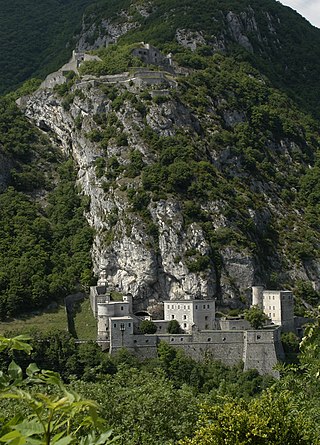
Fort l'Écluse, or the Fort de l'Écluse, is a military fort in Léaz, Ain, close to Collonges in Eastern France. It commands the Rhône Valley as a natural entrance into France from Switzerland between the Vuache and the Jura Mountains.

The following is a list of the 660 names inscribed under the Arc de Triomphe, in Paris. Most of them represent generals who served during the French First Republic (1792–1804) and the First French Empire (1804–1815). Underlined names signify those killed in action. Additionally, the names of specific armies are listed, grouped together by the four compass facades of the arch: North, East, South and West.

The Berlin–Palermo railway axis is project No. 1 of the Trans-European high-speed rail network (TEN-R), which involves the creation of a 2,200-kilometre-long (1,400 mi) high-speed rail line between Berlin and Palermo. It is designated as one of the main transport links connecting Central and Southern Europe, tracking through Germany, Austria and Italy.

The Gotthard Massif or Saint-Gotthard Massif is a mountain range in the Alps in Switzerland, located at the border of four cantons: Valais, Ticino, Uri and Graubünden. It is delimited by the Nufenen Pass on the west, by the Furka Pass and the Oberalp Pass on the north and by the Lukmanier Pass on the east. The eponymous Gotthard Pass, lying at the heart of the massif, is the main route from north to south.

Murray's Handbooks for Travellers were travel guide books published in London by John Murray beginning in 1836. The series covered tourist destinations in Europe and parts of Asia and northern Africa. According to scholar James Buzard, the Murray style "exemplified the exhaustive rational planning that was as much an ideal of the emerging tourist industry as it was of British commercial and industrial organization generally." The guidebooks became popular enough to appear in works of fiction such as Charles Lever's Dodd Family Abroad. After 1915 the series continued as the Blue Guides and the familiar gold gilted red Murrays Handbooks published by John Murray London including the long running Handbook to India, Pakistan, Ceylon & Burma which concluded with the 21st edition in 1968 before changing from the original format of 1836 to a more modern paperback edition of 1975.

Cook's Tourists' Handbooks were a series of travel guide books for tourists published in the 19th-20th centuries by Thomas Cook & Son of London. The firm's founder, Thomas Cook, produced his first handbook to England in the 1840s, later expanding to Europe, Near East, North Africa, and beyond. Compared with other guides such as Murray's, Cook's aimed at "a broader and less sophisticated middle-class audience." The books served to advertise Cook's larger business of organizing travel tours. The series continues today as Traveller Guides issued by Thomas Cook Publishing of Peterborough, England.
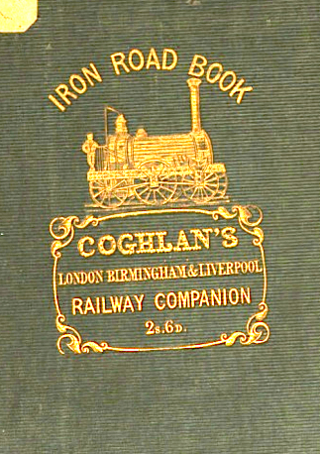
Coghlan's Guides were a series of travel guide books to Europe written by Francis Coghlan in the mid-19th century.
The following is a timeline of the history of Koblenz, Germany.

Meyers Reisebücher (1862-1936) were a series of German-language travel guide books published by the Bibliographisches Institut of Hildburghausen and Leipzig.
The following is a timeline of the history of the city of Trieste in the Friuli-Venezia Giulia region of Italy.
The following is a list of works about Amsterdam, Netherlands.

Casola is a village in Italy in the Province of Parma, in the Emilia-Romagna region. It is more than 3 kilometers from the town of Terenzo which it is part of.

















